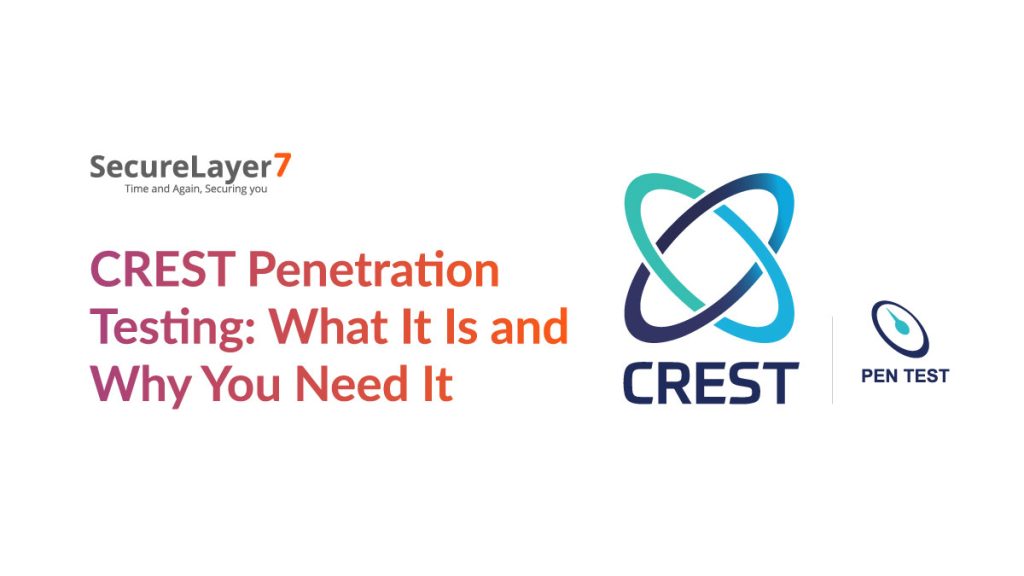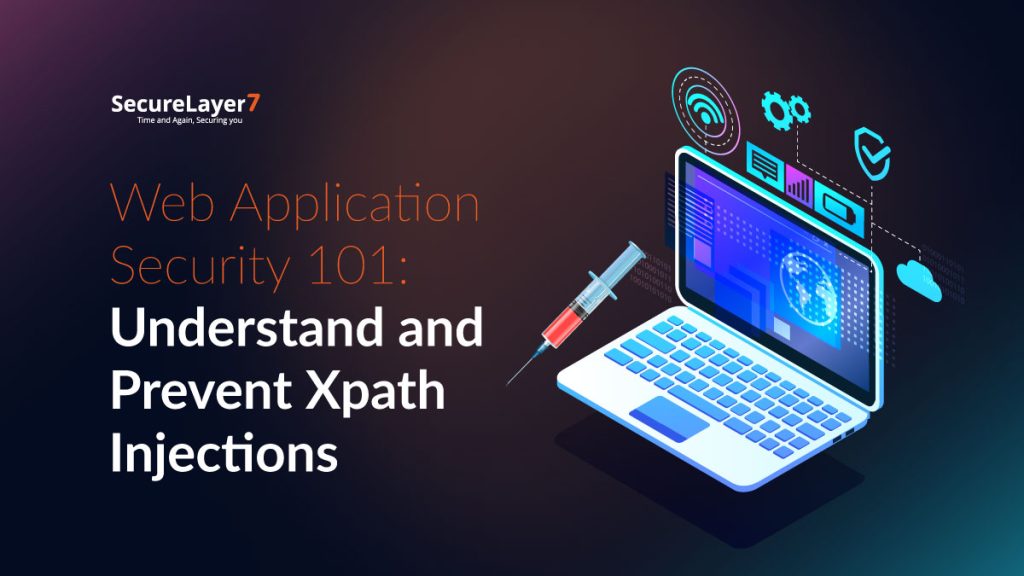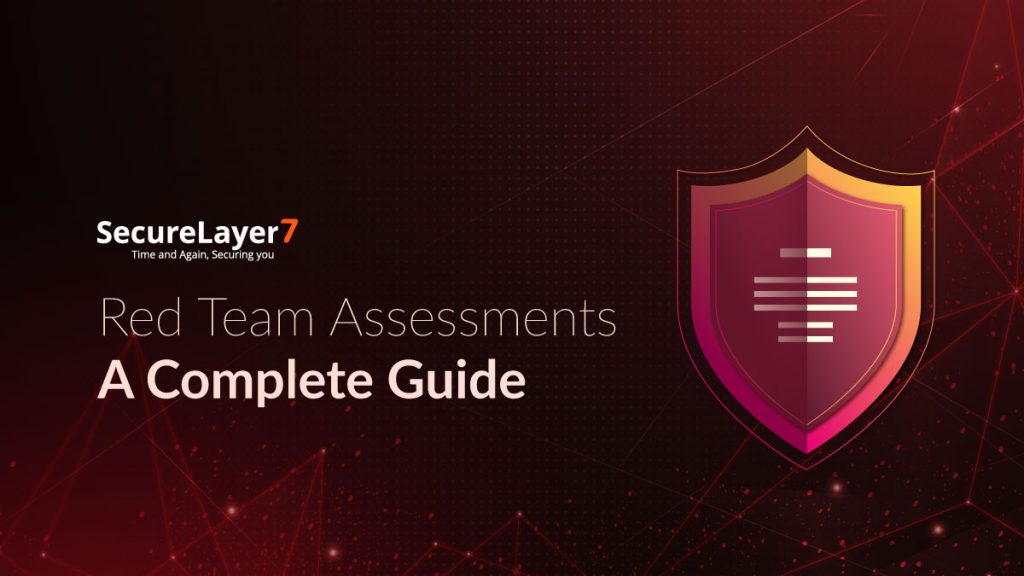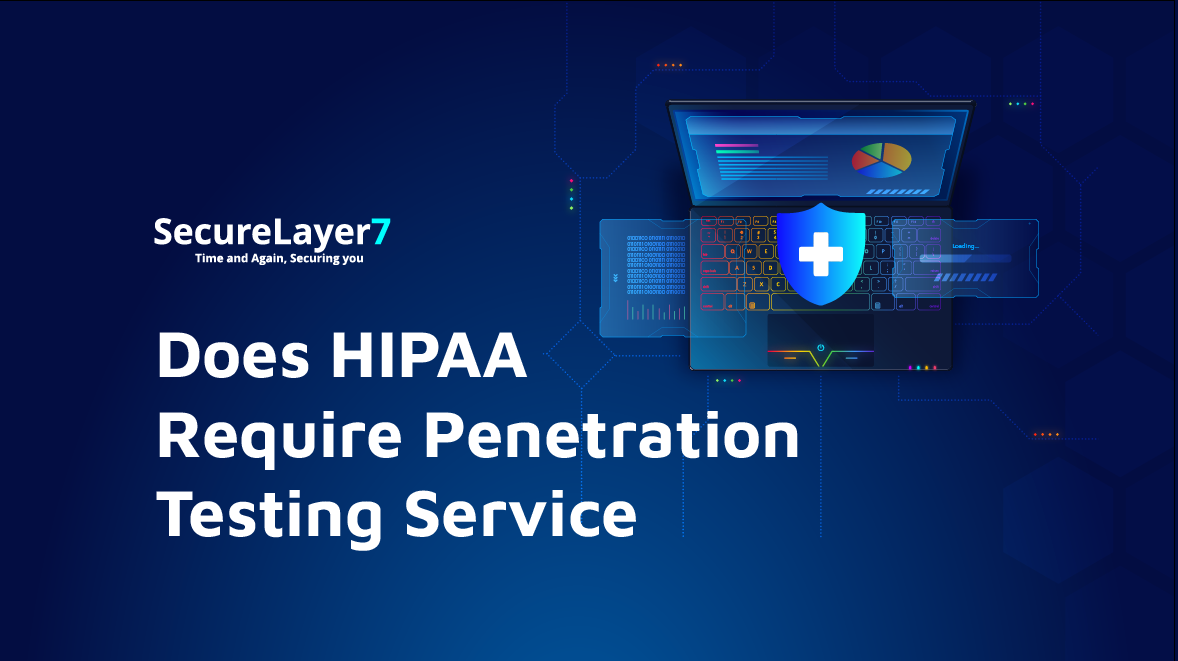
Does HIPAA Require Penetration Testing Service
December 13, 2022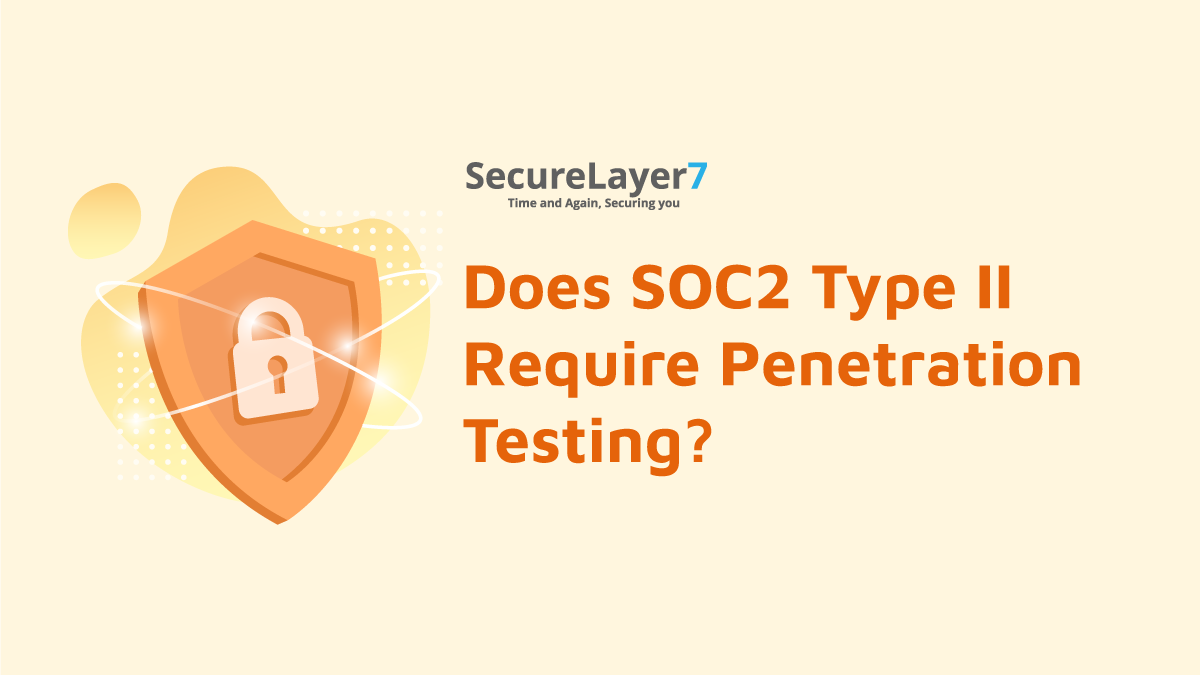
Does SOC 2 Type II Require Penetration Testing?
December 20, 2022
While projections suggest that the Software as a Service (SaaS) industry will generate a revenue of US$213 billion by the end of 2022, protecting the customer data they have access to has never been more critical.
This industry is just one amongst several that handle sensitive client data, such as investment advisers, employee benefit operators, payroll firms, loan service companies, and trust departments.
The System and Organization Controls 2 (SOC2) developed by the American Institute of CPAs (AICPA) is a security framework devised to do just that.
SOC2 prioritizes managing customer data based on five principles: security, availability, processing integrity, confidentiality, and privacy. Its primary goal is to ensure that external service providers securely manage an organization and its client’s data.
It is an essential framework for businesses that frequently engage with service providers. As the list of companies employing SaaS providers and other service organizations is rapidly increasing, it is the best time to explore what SOC2 Compliance is and how you can achieve it.
To help you achieve compliance, we present a robust checklist to ensure that the digital information provided to your service providers stays protected from unauthorized access, theft, and corruption.
What is Soc2 Compliance?
When handling sensitive customer data, SOC2 Compliance imposes appropriate controls and guidelines that ensure that companies practice the utmost security measures to protect their valuable data.
Let us explore the different types of SOC 2 reports.
SOC 2 Type 1
SOC Type 1 reports primarily focus on financial controls for service organizations that directly impact or have the potential to impact the financial reporting of their clients.
SOC 2 Type 2
SOC Type 2 reports are used for service organizations that store, hold and process client information that has no bearing on their financial reporting, such as balance sheets and income statements.
Differences between SOC 2 Type 1 & 2
While Type 1 reports on organizational procedures and controls set up and followed at any given fixed time, Type 2 reports on fixed audit periods and aim to provide evidence of how the organization operated its controls during that period.
While both types focus on controls used, Type 1 sheds light on the appropriateness of the utilized controls, and Type 2 contains direct reviews on the effectiveness of the controls during a fixed audit period.
Now that we have explored what SOC Type 1 and Type 2 are and their differences, the rest of this article will provide a robust checklist to help your organization become SOC2 compliant.
The steps to becoming SOC2 compliant
Becoming SOC2 compliant is a challenging task to accomplish and is a long-term commitment you make take toward effectively protecting your organization and customers’ data.
To effectively prepare for a SOC Audit, here is a checklist that can get you one step closer to becoming SOC 2 compliant.
1. Determine the scope and objectives of your SOC 2 audit
The fundamental step to prepare for your SOC 2 audit is establishing its scope and objectives. It involves selecting whether your reports will be Type 1 or Type 2 with a concise idea of which personnel and categories will be audited.
The categories may include data, stakeholders, risk management policies, software, and security infrastructure.
SOC 2 audits are generally much more elaborate than SOC 1 because they focus on a longer time frame than the latter, which focuses on a fixed time. SOC 2 is reputed because it focuses on the quality of your control design and its operational efficacy.
It is worth noting that while Type 1 can help you save considerable resources and help you achieve properly designed controls, Type 2 is far more preferable and marketable amongst most clients who value their data security.
2. Select your trust services criteria
Consider the trust service focus principles of SOC2 here, where you evaluate each against your security controls within the audit scope defined in step one.
Security
Safeguarding organizational information and systems against unauthorized access, misuse, damage, and disclosure. You may be required to enforce access control measures such as MFA, identity management systems, and access control lists here.
A good suggestion would be to review firewall security, place stringent traffic rules, employ robust intrusion detection, and position data recovery systems.
Availability
The systems and information should meet the service level agreements of your organization at all times. This stage involves building systems that are tolerant to faults and can withstand increased loads in network traffic.
Additionally, invest in network traffic monitoring systems and devise disaster recovery plans to employ in the event of network disasters.
Processing integrity
Your systems must consistently function as per their intended design and perform their functions without delays, vulnerabilities, bugs, or errors.
The best way to achieve this is by employing methodologies such as performance monitoring, quality assurance, and penetration testing to ensure your organization is always adherent.
Confidentiality
Encrypt confidential data such as source codes, credentials, and payment information. You should perform this when the data is in transit and at rest. A good practice is to grant the lowest possible access that’s adequate for your employees to do their jobs.
Privacy
Ensure your personally identifiable information (PII) is collected, stored, processed, and disclosed in adherence to the organization’s privacy and data policy as per the AICPAs defined conditions.
This PII information consists of unique identifiers such as names, contact details, age, payment information, and social security details that require an organization to place rigorous controls to stay protected.
3. Run an initial readiness assessment
This step is crucial to ascertain if your organization is ready for the audit. The best way to conduct such an audit is by bringing in an external auditor who will identify shortcomings and deficiencies in your processes, controls, and systems.
Once completing the assessment, the auditor will provide you with a letter detailing all identified weaknesses and insightful suggestions that you can employ to increase your chances of passing the actual audit.
4. Perform a gap analysis to close each gap
In the next step, you perform a gap analysis where you analyze your standing after the initial readiness assessment report. It is good practice to take the suggestions, weaknesses, and deficiencies identified and take your time to fix the problems.
This process can often take months to focus on, which may require implementing controls, interviewing employees, providing control training, creating and revamping control documentation, and altering workflows.
5. Conduct a final readiness assessment
Closing the gaps is a process that may take time to ensure you are effectively ready for the audit. There always exists the possibility that there are things that you still need to address.
This final step involves taking the extra precautionary measure of conducting a second and final readiness assessment to identify any persistent or new weaknesses that may have arisen due to the previous steps.
Once you have effectively mitigated the remaining flaws and deficiencies, you should be ready for your SOC 2 audit.
In conclusion, while following this checklist can increase your likelihood of achieving your Soc2 certification, your best bet to increase your chances even further is to conduct penetration testing on your organization specifically designed to aid in achieving SOC 2 Type certification.
Penetration testing for Soc2 Type2 Certification
SecureLayer7’s penetrations test for SOC 2 Type 2 compliance can help ensure that your organization remains protected from all cyberattacks. Our comprehensive penetration testing services can prepare you to securely maintain and share your confidential data in compliance with all industry standards.
SecureLayer7 helps customers to spot high-risk business vulnerabilities such as authentication, authorization, and logic vulnerabilities which may result in data breaches. We are renowned amongst enterprises and SME organizations that use our SOC 2 Type 2 penetration tests to accomplish SOC 2 certifications.
Contact us now to find out more.
